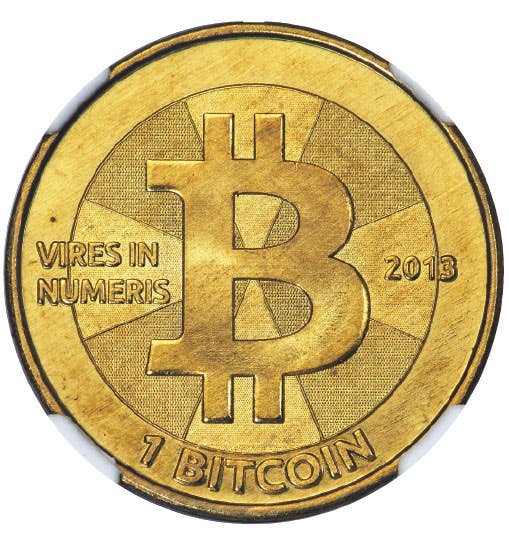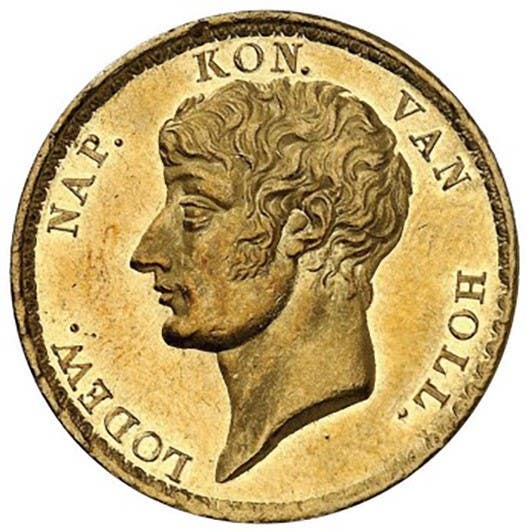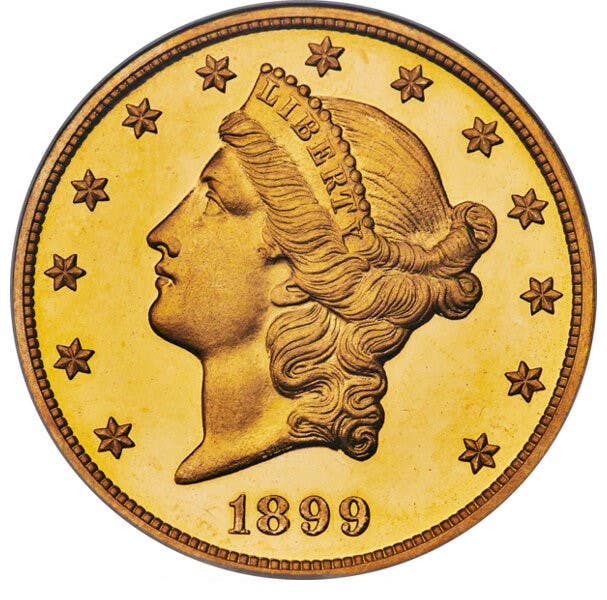A Medal For “Old Ironsides”
One of the most famous ships of the American navy is the USS Constitution. Long called “Old Ironsides,” it is a major tourist attraction at its berth in Boston harbor….
One of the most famous ships of the American navy is the USS Constitution. Long called “Old Ironsides,” it is a major tourist attraction at its berth in Boston harbor. It is little known among the general public, however, that the United States Congress awarded her captain a gold medal for the action in which she received the famous nickname. It all began when the Emperor Napoleon went to war with the rest of Europe in the early days of the nineteenth century.
One of his most determined enemies was Britain, which was to fight until the “Corsican upstart” was defeated and driven from the French throne. There was to be no quarter given in this death struggle, and neutrals, like the United States, were caught in the middle.
A rising American merchant marine attracted foreign sailors, especially English, much to the annoyance of the London authorities, who needed every man available for the ships opposing the French fleet. British warships began stopping American merchantmen and arresting anyone thought to be a deserter from the Royal Navy.
The seizure of seamen was called “impressment” and was soon the subject of heated debate on the floors in Congress. When the British were so bold as to forcibly kidnap seamen from United States warships, war became imminent. The government of George III reluctantly rescinded the Orders in Council, the act by which all of this was done. News was sent to America, but it was too late. In June 1812, Congress voted war.
In October 1812, after a successful cruise, the Constitution received a new captain, Commodore William Bainbridge, and fresh sailing orders. She was to cruise the South Atlantic for British merchantmen and warships and seize or destroy them.
William Bainbridge was born at Princeton (New Jersey) in May 1774 and went to sea in a private vessel at the age of 16; he captained his own ship at 19. In 1798, he joined the infant United States Navy, choosing to spend the rest of his life in that service.
Bainbridge served with distinction against the French in the so-called Undeclared War during 1798-1800. He then joined in the attack on the Dey of Algiers, but was captured and spent 19 months in a foul prison until released by the American victory over these North African pirates in 1804.
Bainbridge left the Boston harbor in October 1812 and headed for his rendezvous with destiny. In addition to the Constitution with 44 guns, the commodore had under his command the Essex with 32 guns and the Hornet with 18. For the era, it was a formidable force, capable of dealing strong blows to the enemy, if that enemy could be located.
Off the coast of Brazil, the American ships split up. Thirty miles from the port of Bahia, the Constitution found both her prey and eternal fame in the form of HMS Java, commanded by Captain Henry Lambert. The date was December 22, 1812, at two o’clock in the afternoon. The battle was soon joined.
At 2:30, a shot from the Java struck the wheel with such force that a copper bolt was driven into Bainbridge’s side. Despite searing pain, the commodore ordered himself lashed to the remains of the wheel to direct the battle more clearly. For the next hour, the cannonades were furious. At 3 o’clock, Captain Lambert ordered a boarding attempt, but concentrated fire from the Constitution now caused severe damage on the Java.
Captain Lambert ceased firing at four o’clock and fell back to repair some of the damage. Bainbridge thought the enemy had effectively surrendered, but the struggle resumed soon afterwards, and the Americans quickly forced the other ship to strike her colors. The battle was over.
Bainbridge sent his remaining two boats (six had been destroyed in the fighting) to carry the British sailors over to the Constitution. The British had 57 killed and the American nine, but several of the wounded on both sides, including Captain Lambert, died within a short time. After the personal effects of the British sailors and officers were removed, the ship was burned on January 1, 1813.
A surviving senior officer of the Java, First Lieutenant Chads, later wrote to the Admiralty “expressing my grateful acknowledgement thus publicly for the generous treatment Captain Lambert and his Officers have experienced from our Gallant Enemy Commodore Bainbridge.”
Many of the British shells bounced harmlessly off the sides of the American ship (though many, of course, did severe damage to the upper parts), causing the sailors to call her “Old Ironsides.” It is a name that has remained to this very day. When news of the victory reached Washington, Congress wasted little time in voting, on March 3, a gold medal to the gallant captain plus a cash award of $50,000 to his crew.
It is one thing to vote a medal but quite another to have it made. The Navy Department, as early as the summer of 1814, had taken steps to have the dies executed, but it was to be quite some time before the plans came to fruition. At first the authorities asked John Reich, who had done an earlier Naval medal (for Preble in 1804), to do the work, but he was able to finish only the dies for Isaac Hull when his eyesight failed.
The Navy Department then turned to Moritz Fürst. As a test of the artist’s skill, he was given the Bainbridge commission. He performed brilliantly on these dies, which were finished by late November 1817. For some reason, the dies were not hardened at once, and it was not until early in 1819 that the medal was struck. Bainbridge was presented his medal in a formal ceremony held in Philadelphia.
It is interesting to note that Bainbridge was involved in designing the medal. The original sketch, by famed artist Thomas Sully, was shown to the commodore, and he was able to make certain changes, including the motto appearing on the reverse. Bainbridge chose the Latin word “pugnando” to symbolize his victory; he translated the word to mean “hard knocks,” an appropriate theme.
The Philadelphia Mint, which handled the striking of the medals, also produced 50 silver and 150 copper medals for the Navy to distribute to the officers and men of the Constitution. As there were more than this who served on the ship, perhaps the medals were presented in addition to the cash award (voted by Congress) in some cases.
Original silver and copper Bainbridge medals are quite rare, though restrikes could be obtained from the United States Mint until about 30 years ago. Today, the interested collector must obtain this medal on the secondary market.
Bainbridge himself survived the war and served in the Mediterranean squadron from 1816 to 1821, when he returned permanently to Philadelphia to command the Navy Yard. He died there in 1833, well remembered as the man who commanded “Old Ironsides.”
This article was originally printed in Coins Magazine. >> Subscribe today.
If you like what you've read here, we invite you to visit our online bookstore to learn more about Standard Catalog of World Coins, 1801-1900.
NumismaticNews.net is a participant in the Amazon Services LLC Associates Program, an affiliate advertising program designed to provide a means for sites to earn advertising fees by advertising and linking to Amazon.com and affiliated websites.









